Protecting your property starts at the top. Expert Roofing Services in Croydon prevent leaks, damp, and energy loss—building long-lasting value and safety into every home or business. Serving London and the Home Counties, we handle each project with full regulatory compliance, meticulous care, and robust, proven materials for genuine peace of mind.
With decades of experience, Which Trusted Trader and CITB accreditation, and suppliers like Welsh Slate, ALM Lead, and Kemper, your roof is in the industry’s safest hands. Book a free survey today and protect your property.

Ignoring roof issues nearly always leads to bigger problems—leaks that trigger damp, energy bills climbing as insulation weakens, and undetected damage that chips away at your property’s structure over time. Every delay amplifies the cost and risk.

Specialist Roofing Services in Croydon cut through these risks—protecting against harsh weather, improving your building’s efficiency, and ensuring ongoing compliance. Homeowners gain peace of mind, landlords preserve value, and businesses maintain safety and smooth operations. When you treat your roof as an investment, professional care pays back in more than just repairs.
Roofing Services in Croydon covers installations, repairs, upgrades, and full restorations for homes, business premises, and listed properties. Every project is built for long-term performance, compliance, and value—relying on high-grade, warranty-backed materials. Each service is tailored for your property’s structure and environment, keeping every detail safe, durable, and visually on-point.
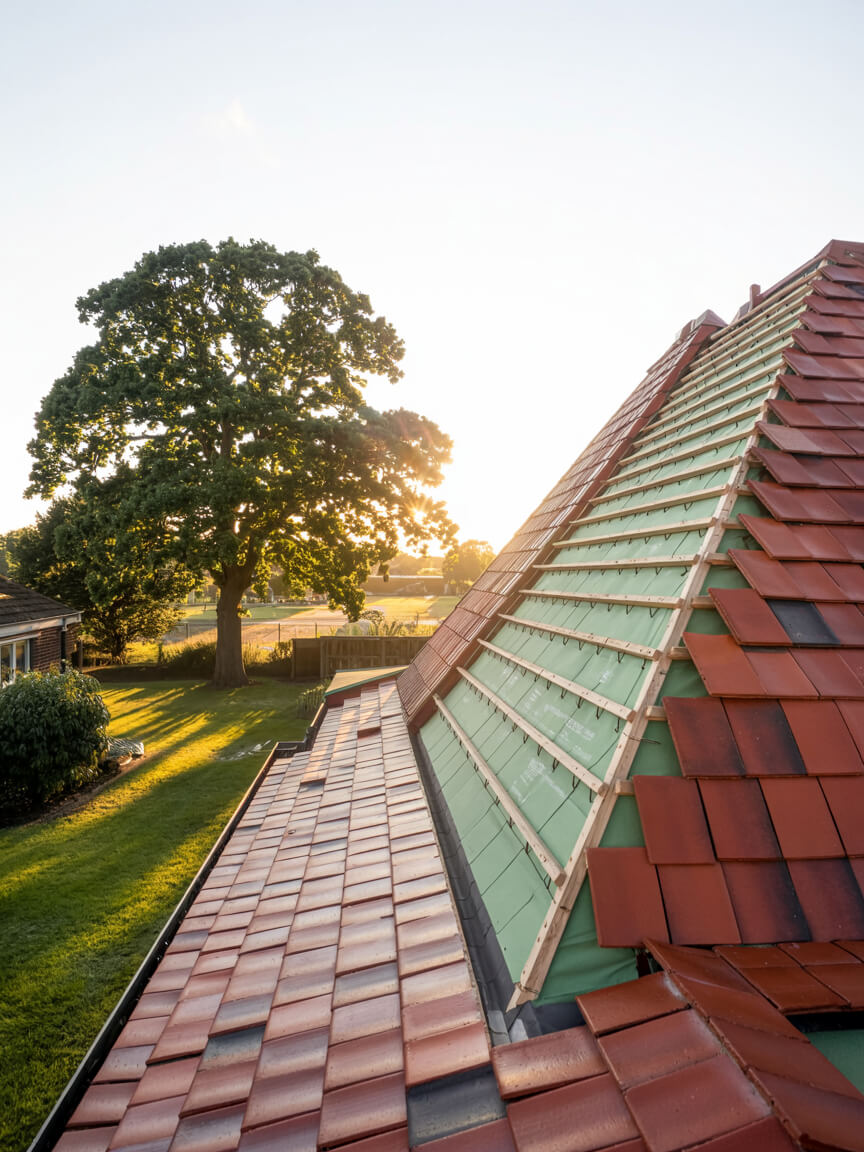
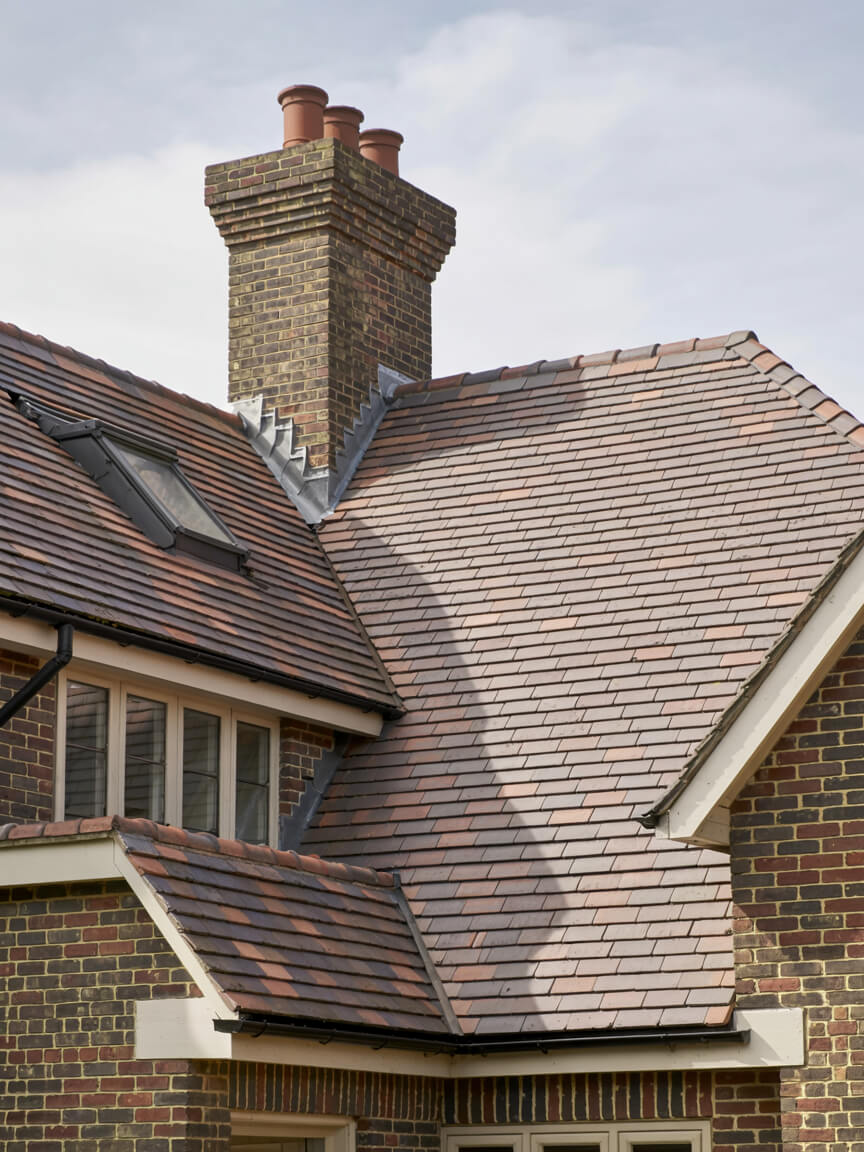
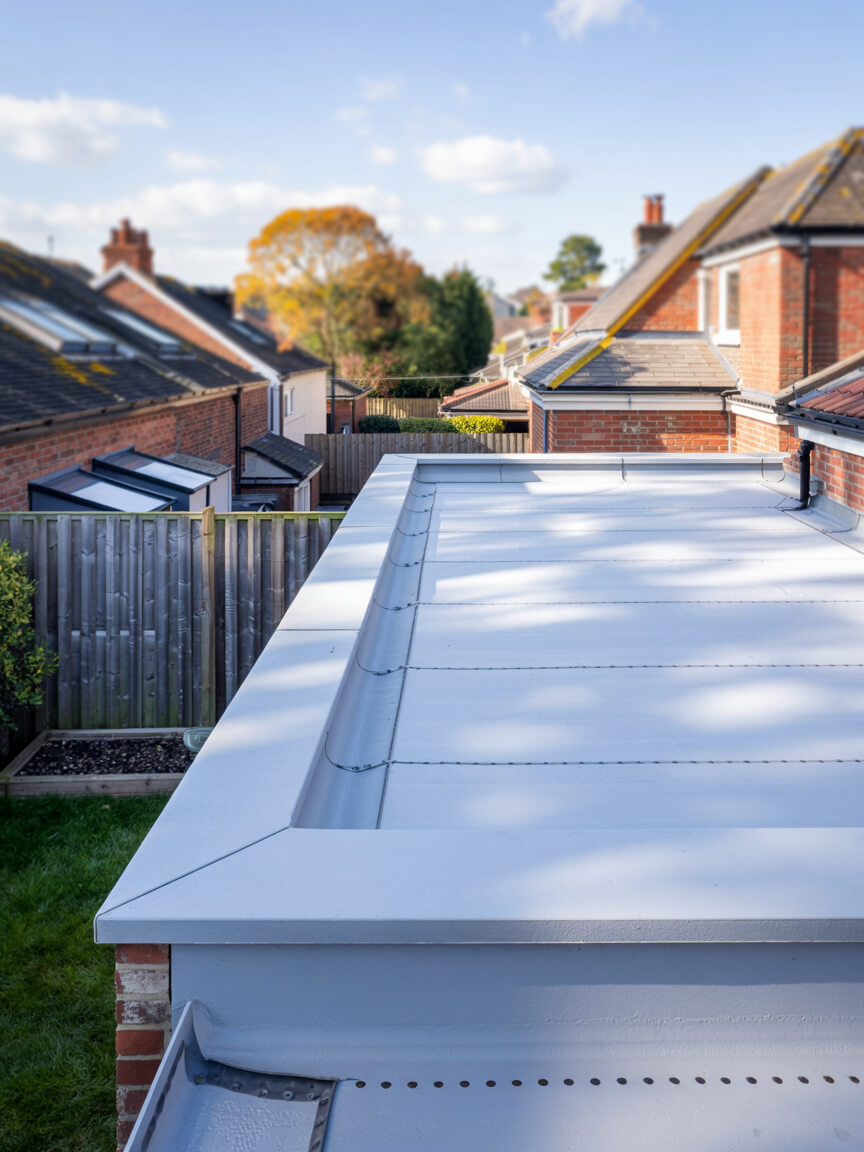
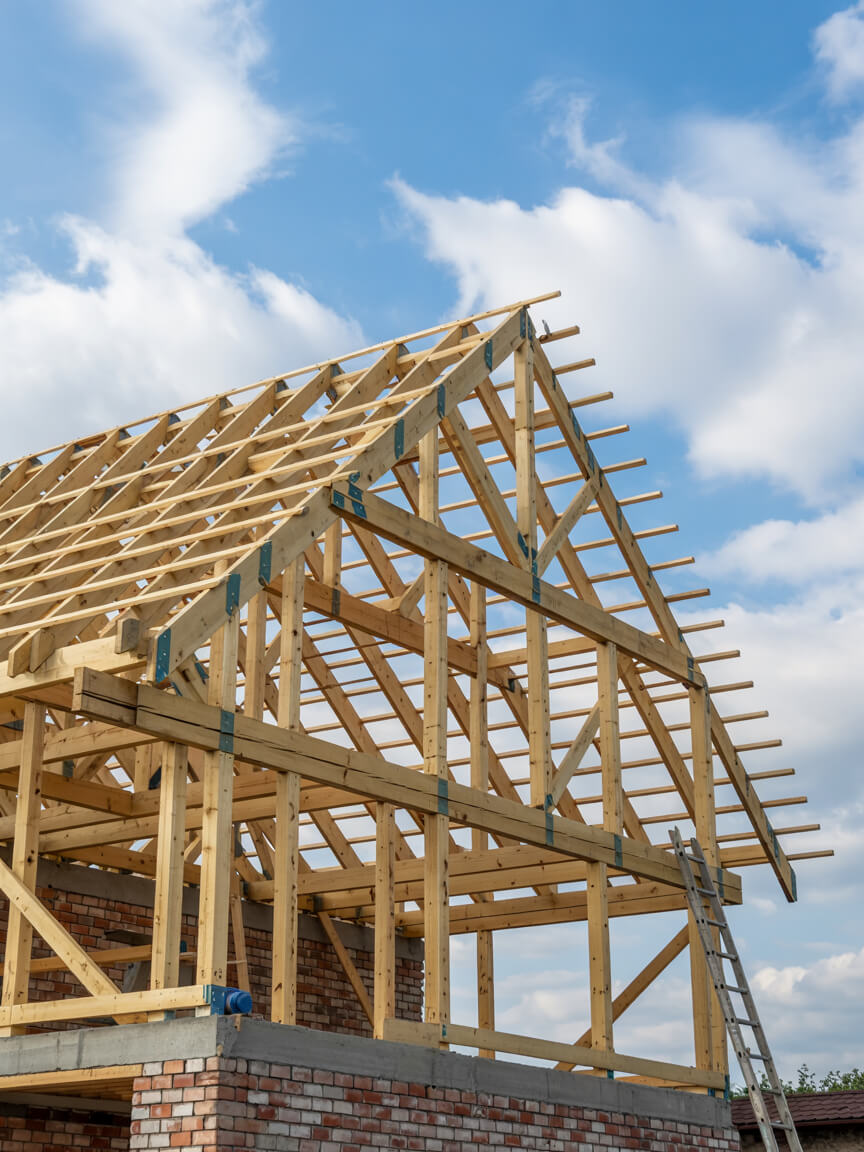
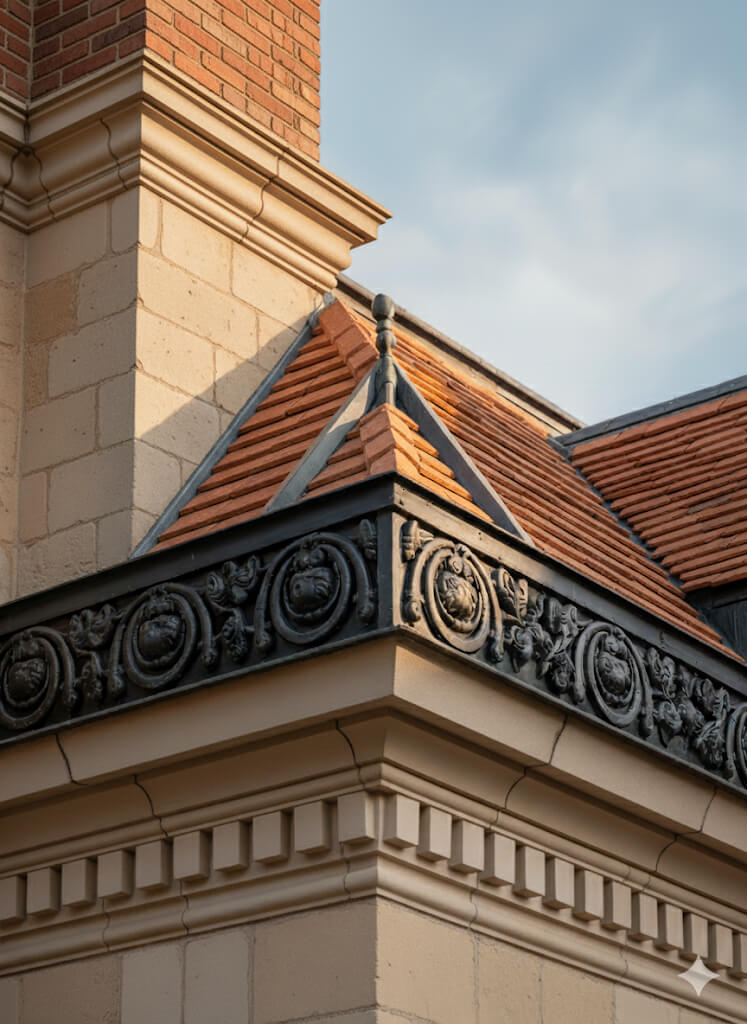
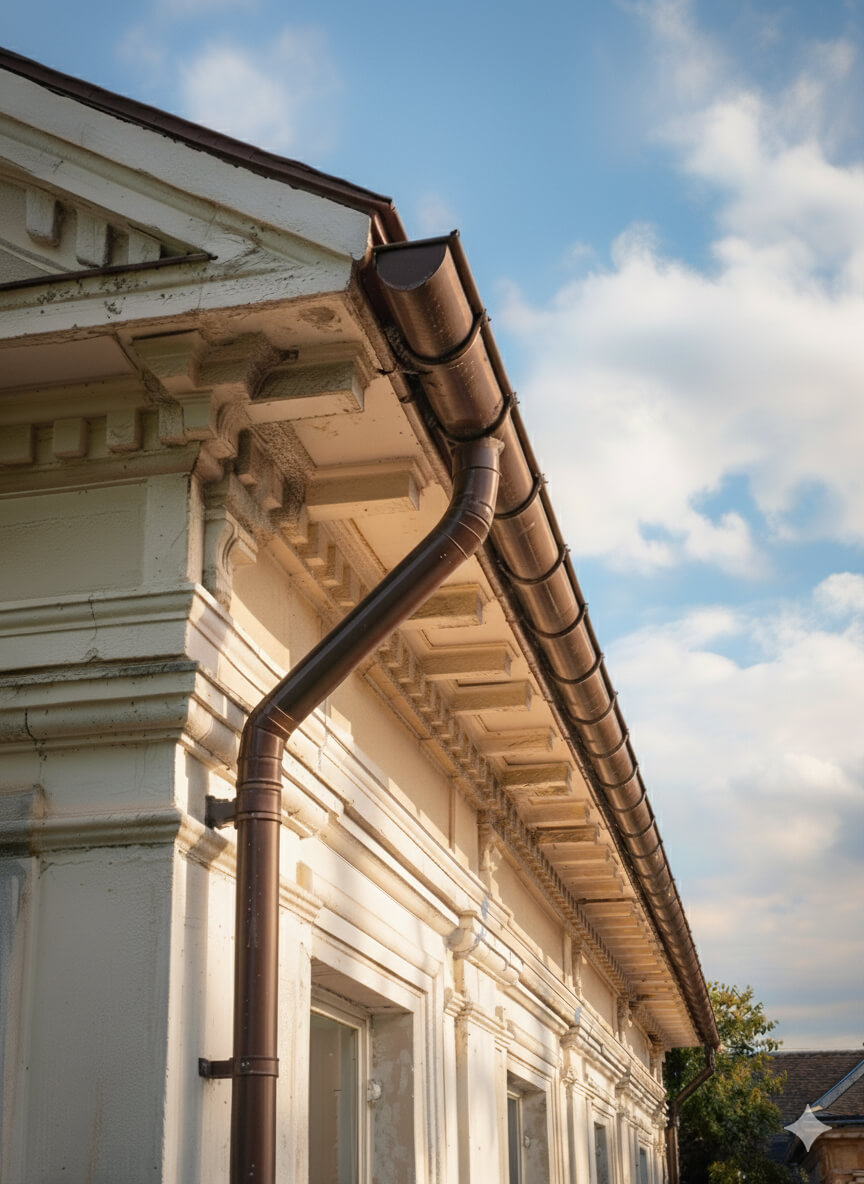

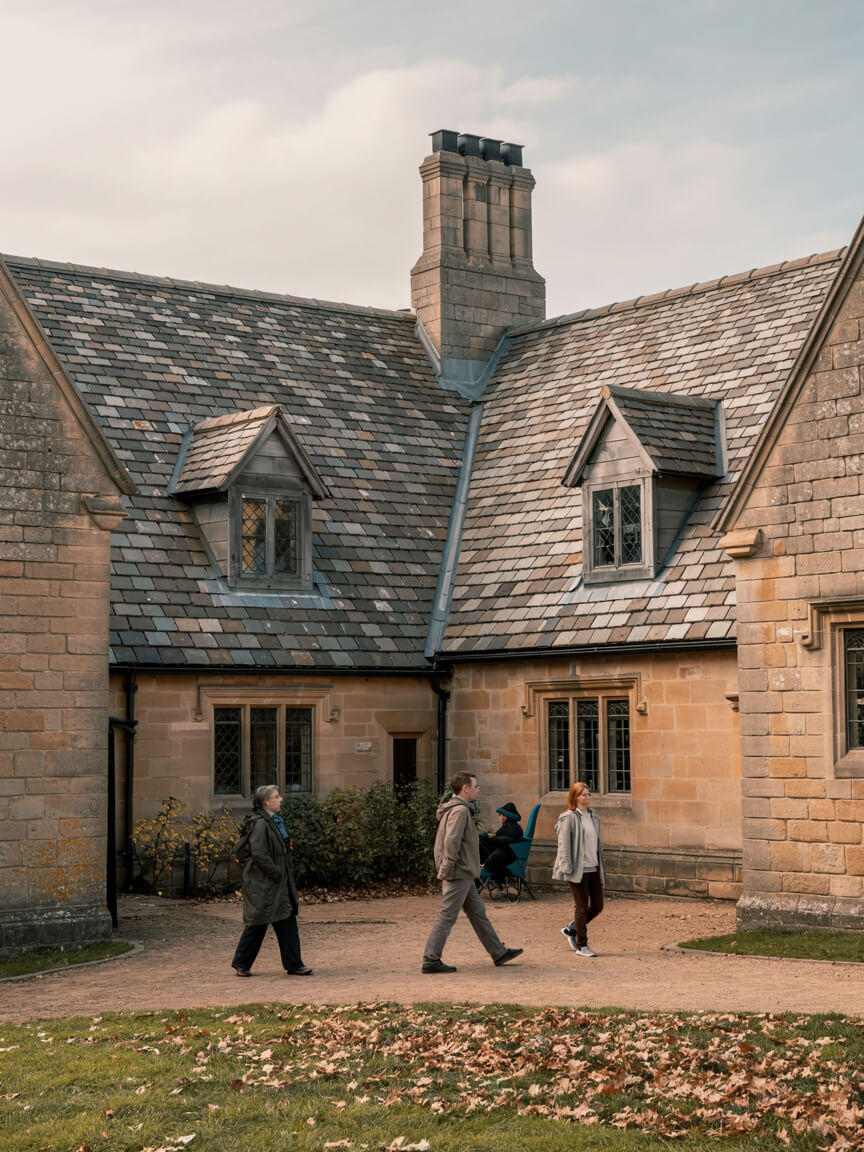
Every Roofing Services in Croydon project is adapted to property type, roof structure, and environmental demands. Tailoring ensures compliance with regulations, minimises disruption, and maximises long-term value. From homes and businesses to industrial sites and listed heritage buildings, our flexible approach guarantees roofing solutions that meet unique needs while delivering safety, efficiency, and reliability.
Homes, extensions, and listed buildings.
Offices, retail, schools, and hospitality.
Warehouses, factories, and logistics sites.
Every Roofing Services in Croydon project follows proven steps with quality materials. Whether a new installation, upgrade, or repair, each layer adds durability, safety, and efficiency—tailored to protect your property and meet regulatory standards.
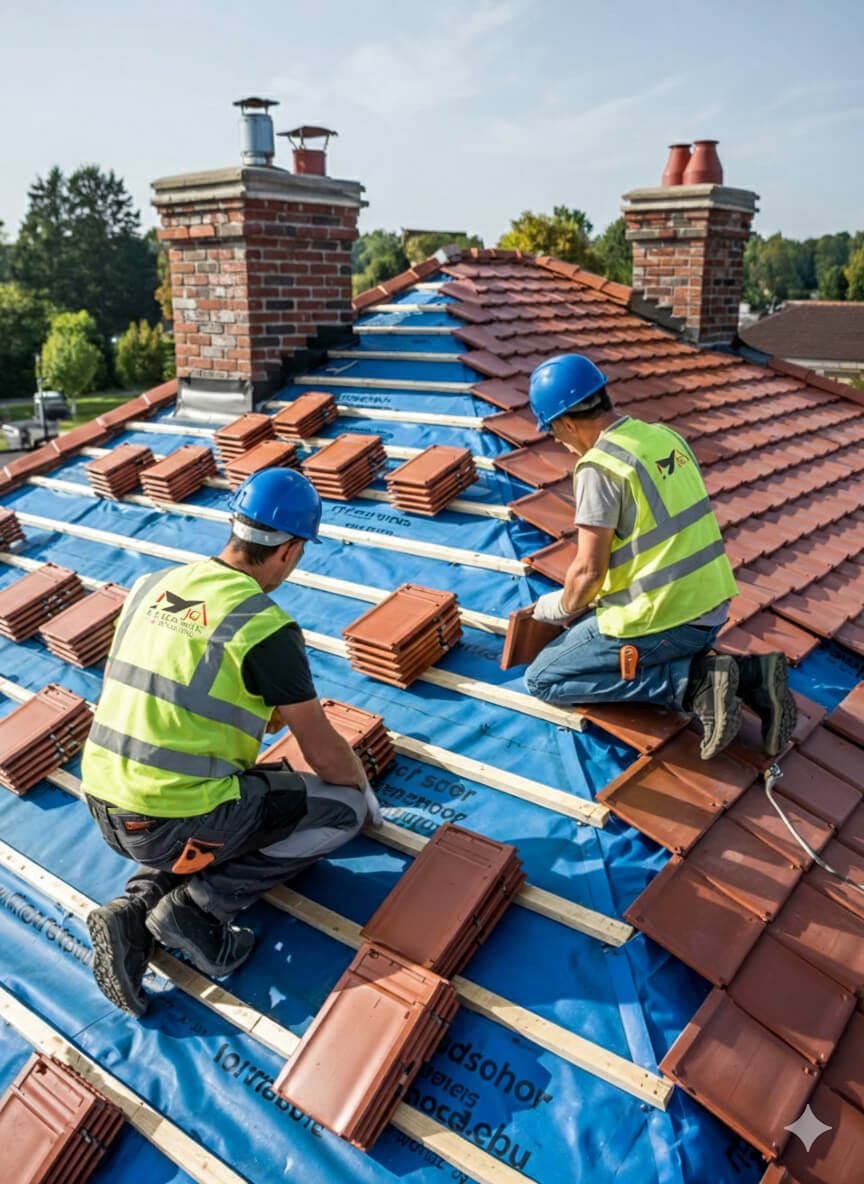
Get a free, no-obligation quote today.
Our experts are standing by to help you choose the perfect flat roofing solution.
⏱ Response within 24 hours guaranteed
Accredited by Which Trusted Trader, CITB, and approved by Kemper and Westwood, our team delivers safe, compliant, and warranty-protected Roofing Services in Croydon projects. These credentials mean guaranteed standards and long-term assurance—reinforced by the positive client reviews that consistently highlight quality, professionalism, and trust.


Complete reroofing. Living in Singapore at the time and T was super responsive and communicative.
Replacement of lead box gutter and new flashing to parapet wall. I had an excellent experience using James and the team. He was very prompt in all aspects of communication and completed a first class job. Really pleased.
James completed some repairs on our roof and replaced some of our pebble dash by the roof as well. He was very thorough and fixed everything. He kept us really informed by taking photos and showing us what he did and keeping us updated. It also went onto our neighbours roof and he did the same fo...
We had a leak in our bedroom and James fixed the roof for us to stop it from leaking. All the work came with a warranty. The work that was carried out was good. James and his team were polite, and did all the work quickly and without too much interruption to our day-to-day lives. Would recommend ...
J G Leadworks have repaired and replaced the roofs and gulleys over our warehouse and workshops which have meant both areas are now watertight
James and team were incredibly responsive to my request to look at a serious leak issue on my flat roof. They did a very thorough investigation and explained in detail the issue and gave a fair quote. They were quick to book in and complete the work and have checked in afterwards a few times to m...
James was quick to respond to the initial contact and was able to work around some time constraints I had. He explained what needed doing clearly and was happy to answer follow up questions. He took pictures to show each stage and I feel confident in the work that was done by James and the team. ...
JG Roofing were very easy to work with. Their quote was sensible and they stuck to that figure. They completed many repairs to my roof including, rebuilding a leaded gutter, reinforcing rotten rafters, rebuilding a long felted gutter and felting parapet walls, resurfacing and felting a flat roof,...
Planning and legal checks protect clients from costly errors, delays, and non-compliance, ensuring roofing projects meet regulatory and safety requirements.
Permission is typically required for listed properties, conservation areas, or major roof alterations. All projects must also satisfy Building Regulations, including Part A (structural safety) and Part L (energy efficiency), ensuring compliant and future-proofed installations.
Our team manages the full process, from initial surveys to legal guidance, preparing documentation, and liaising with local authorities where needed. Whether working on modern homes or heritage sites, we ensure every project is delivered legally, safely, and with minimal disruption—providing complete reassurance and peace of mind to property owners.

Every project unites skilled workmanship with rigorously tested materials.
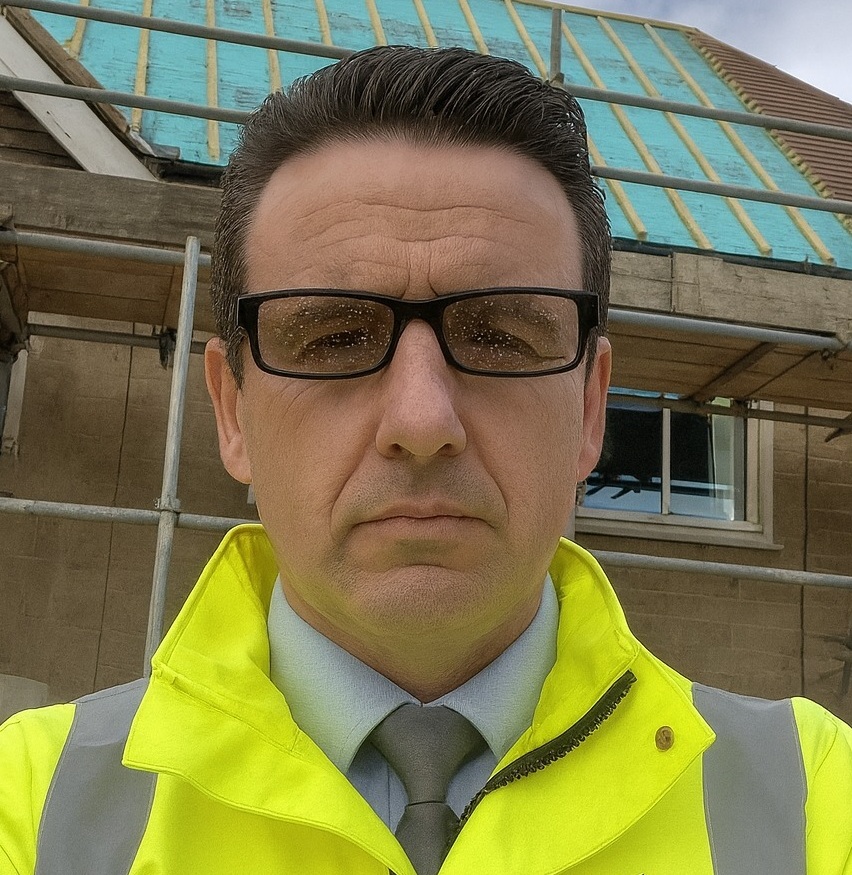
With 25 years of experience in lead sheet roofing, James is a trusted expert in heritage roofing, slate, and tiling. His knowledge of traditional methods, paired with modern compliance, makes him a go-to specialist for projects that demand both craftsmanship and durability.
Roofing Services in Croydon provides lasting protection, efficiency, and value, delivering durable, compliant roofing solutions that safeguard every type of property investment.
Selecting Roofing Services in Croydon involves balancing durability, budget, compliance, and aesthetics to secure the best-fit roofing solution for your property.
Why Do Clients Trust JG Leadwork and Roofing?
Working across Croydon and the neighbouring regions, our teams combine decades of practical trade experience with a deep understanding of local architecture, weather patterns, and planning rules. Whether you own a heritage home or a contemporary office building, we tailor solutions to fit Croydon’s distinct conditions and ensure every installation or repair aligns with applicable building codes and conservation requirements.
Our credentials are fully verifiable: JG Leadwork and Roofing is accredited by Which? Trusted Trader, CITB, and is approved by top-tier suppliers such as Kemper, Westwood, IKO, ALM, and more. These accreditations assure clients of site safety, regulatory compliance, and full access to warranty-backed materials.
Where heritage properties demand authenticity, we work with Welsh Slate, handmade clay tiles, and LSA-compliant leadwork. For commercial or flat roofs, systems from leading brands like Kemper and Westwood deliver proven, high-performance results. Each project demonstrates a blend of traditional craftsmanship and modern installation expertise, all backed by robust supplier warranties.
Our workforce includes NVQ-qualified roofers, heritage material specialists, and safety-certified installers. Continuous training and adherence to updated building techniques means your project is in hands that understand everything from drone-assisted roof inspections to specialist lead detailing.
We maintain a project structure that ensures efficiency: dedicated surveyors for diagnostics, skilled installers for the main works, and hands-on supervisors for quality and safety. This structure minimises disruption, maintains clear communication, and guarantees reliable timelines.
All work is delivered to UK regulatory standards and protected by warranty. Our portfolio—and the testimonials within it—demonstrate a pattern of satisfied homeowners, developers, and business clients across housing, heritage, industrial, and public sectors. Ongoing support, maintenance packages, and open lines of communication ensure that each client enjoys clarity from day one and ongoing peace of mind after completion.
{SEGMENT-11-CONTENT-8}
{SEGMENT-11-CONTENT-9}
{SEGMENT-11-CONTENT-10}
{SEGMENT-11-CONTENT-11}

Get a free quote, rapid response, and expert service across London and the Home Counties. Contacting JG Leadwork and Roofing is your simple first step to dependable roofing solutions.
Great results depend on great materials. JG Leadwork and Roofing only uses products from proven suppliers:
.
.
Every building has unique demands. We scale and customise our approach:
This all-round capability means clients receive fit-for-purpose roofing solutions designed for both immediate performance and long-term peace of mind.
{SEGMENT-14-CONTENT-3}
JG Leadwork and Roofing delivers Roofing Services in Croydon for a wide spectrum of sectors, always aligning work to industry-specific requirements.
Every JG Leadwork and Roofing project is delivered by fully qualified professionals, including NVQ-holding roofers, Lead Sheet Association-trained operatives, and health & safety-compliant supervisors.
From heritage leadwork and pitched slating to cutting-edge flat roofing and drone inspections, the team’s skillset is always current—thanks to continuous CPD and hands-on project experience. This ensures consistent quality and compliance, whether your project calls for restoration, new installation, or specialist repair.

Each project starts with a detailed survey to identify current issues and future risks, setting a solid foundation for honest, no-surprise advice.
All quotes are itemised and easy to interpret, with clear costs and detailed scope—promoting trust and eliminating confusion from the outset.
From scaffolding to temporary protection, all precautions are put in place to ensure people and property are secure.
Accredited materials and industry-approved techniques ensure reliability and performance, with work carried out to cause as little disruption as possible.
Installation is regularly inspected—against both manufacturer and Building Regulations benchmarks. Clients receive photos and compliance documentation for full transparency.
Installation is regularly inspected—against both manufacturer and Building Regulations benchmarks. Clients receive photos and compliance documentation for full transparency.
While many companies appear similar at first glance, JG Leadwork and Roofing offers strengths that set it apart in Croydon’s roofing sector:
While many companies appear similar at first glance, JG Leadwork and Roofing offers strengths that set it apart in Croydon’s roofing sector:

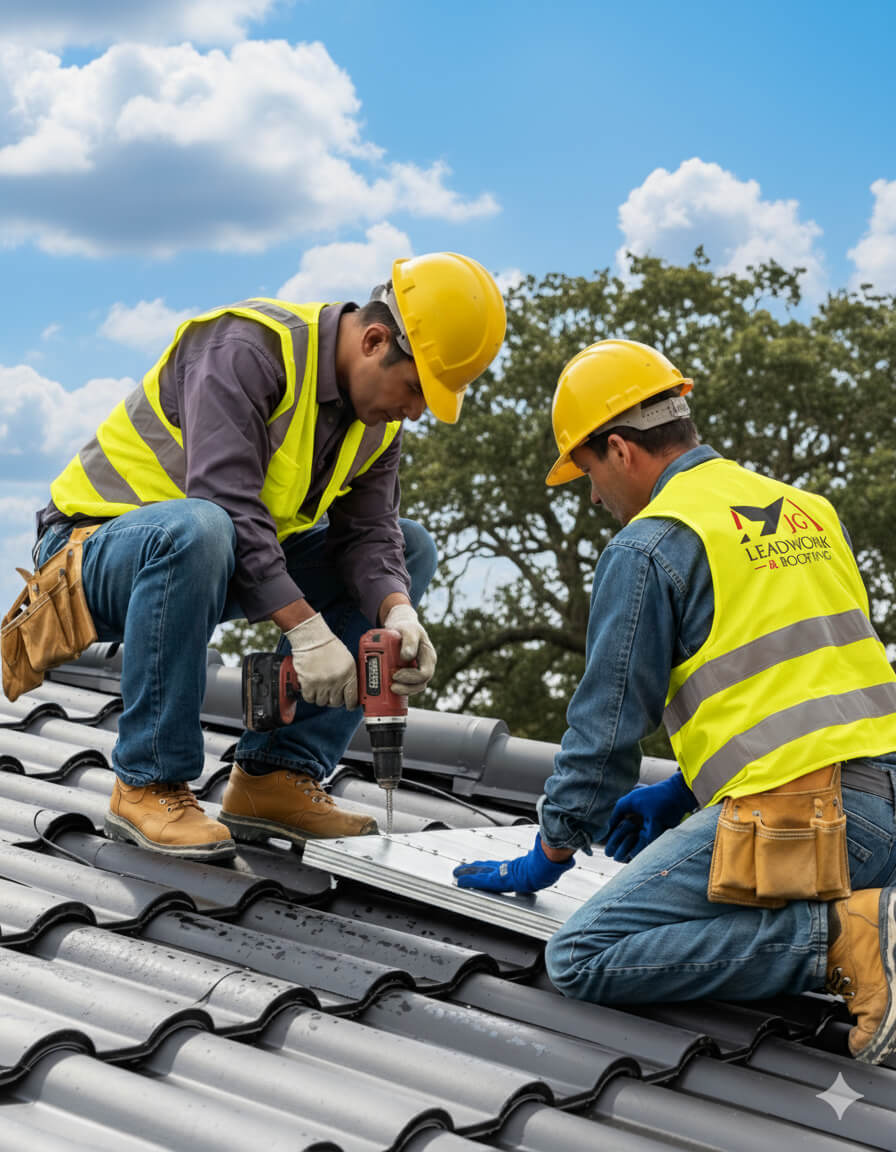
Every JG Leadwork and Roofing job is checked and double-checked from start to finish:
Only when all checks are complete will a project be signed off, so clients always receive a safe, lasting result that stands up to scrutiny—whether for insurance, warranty, or future sale.
Roofing Services in Croydon from JG Leadwork and Roofing are delivered strictly to UK Building Regulations for structure (BS 5534), insulation (Part L), and safety. All teams follow CITB safety protocols. Project records and compliance documentation ensure your works are insurable, warranty-protected, and recognised by both authorities and insurers.
Clients benefit from energy-efficient materials, structural guarantees, and clarity on project documentation—removing uncertainty and risk for property owners and managers across all sectors.
Before choosing a roofing provider in Croydon, property owners want clear, reliable answers on cost, timescales, and local requirements. JG Leadwork and Roofing draws on years of hands-on experience across Croydon and the southern counties—offering tailored advice, up-to-date regulatory insight, and a reputation trusted by commercial and residential clients alike. Below are direct, expert responses to the most common questions businesses and homeowners ask about roofing projects in the area.
The price difference between slate and tile roofing in London reflects far more than the material you see on the rooftop. For property owners, managers, and developers, the cost of installing a new roof hinges on a handful of core factors: the kind of materials selected, labour and installation complexity, compliance with building regulations, and planning restrictions—especially in conservation areas. Knowing what drives these costs ensures you budget realistically and stay compliant.
The raw materials are a significant contributor to the overall outlay. Slate is a natural stone, typically mined and then graded to strict quality standards—Welsh and Spanish varieties are prized for longevity and colour uniformity, while imported or reconstituted slates are less expensive but usually have shorter guarantees. Premium slate materials often cost £80–£120 per square metre, whereas standard clay or concrete tiles usually range from £25–£50 per square metre in supply cost alone.
Your initial choice affects both immediate and long-term roofing budgets.
Slate installation is a highly skilled, time-consuming process, with each piece manually fixed according to BS 5534, the UK’s standard for roof slating and tiling. This standard governs fixing methods, wind uplift requirements, and minimum overlap, all of which add time and cost—often meaning 60–70% of a slate roof’s total bill can be attributed to labour.
Tiles, especially interlocking types, are significantly faster and less labour-intensive to lay. However, compliance with BS 5534 remains mandatory: this standard applies equally to pitched tiled roofs, ensuring correct nail patterns, underlay use, and proper mechanical fixings—especially critical in exposed or high-wind areas. Installation speed and required expertise both influence final labour charges.
Some properties in London are subject to heritage protections or located within conservation areas, making material choice regulated rather than optional. If your building is listed, a local authority or planning officer may insist on natural slate—sometimes from a marked quarry—adding to supply cost and waiting times. On standard properties, planning is generally less restrictive, but compliance with Part L of the Building Regulations is still required. Part L mandates a specific “U-value” (how well the roof reduces heat loss): both tile and slate re-roofing projects must meet these energy efficiency standards, often by including insulation upgrades in the works.
London pricing is rarely straightforward. Labour costs are higher due to city demand and logistics, and site access (think scaffolding in tight spaces or complex traffic management) adds further cost. Heavier slates may require additional handling or access equipment. Weather can also influence specification: exposed sites may call for thicker, higher-grade slate or specific underlays, both of which impact overall spend. Some boroughs further restrict accepted colours or finishes, limiting product choices and raising prices.
Below is a quick reference to help weigh up your decision:
| Factor | Slate | Tile |
|---|---|---|
| **Material Supply** | £80–£120/m²; Premium stone, longer lifespan | £25–£50/m²; Lighter, varied designs |
| **Labour** | Skilled, slow, higher cost | Faster, less specialised, lower cost |
| **Regulations** | Strict in heritage/conservation areas | Standard approval, wider flexibility |
| **Insulation** | Must meet Part L U-value targets | Must meet Part L U-value targets |
| **Maintenance** | Less frequent, lower long-term cost | More frequent, moderate long-term cost |
Making an informed roofing choice in Croydon or Greater London involves balancing raw material prices, skilled labour requirements, regulatory constraints, and the unique aspects of your property. Each influences not only initial spend but also long-term value, compliance, and ease of ownership.
For most properties in Croydon, the time needed to instal a new roof depends on the roof type, property size, choice of materials, and any specialist work such as heritage roofing or challenging access. Standard residential roof installations typically take 2 to 7 working days. Larger commercial sites or historic buildings, where additional repairs or conservation measures are required, might see projects extend to several weeks. Knowing your project’s likely timeline helps homeowners, landlords, facility managers, and heritage custodians prepare for costs, manage inconvenience, and safeguard property integrity.
A well-planned installation schedule makes a real difference. Rushing can produce waterproofing failures, structural issues, and risk to residents. Factoring in preparation, temporary weather protection, and compliance with UK building standards helps avoid setbacks and ensures safe, durable results.
How long your roof takes to fit is shaped mainly by its structure and the system you choose. Most pitched roofs (with tiles or slates) are installed in 3–5 days for the average home, with extra time needed for complex constructions or conservation details. Flat roofs—using systems like EPDM rubber, GRP fibreglass, or felt—are usually faster: 1–3 days for a straightforward job if the weather holds steady.
A typical installation process includes:
Heritage or period properties often extend the timeline by 2–3 weeks due to material sourcing and specialist craftsmanship.
Project length can shift due to site and environmental factors. Large buildings and commercial blocks take longer, reflecting bigger surface areas, staging needs (like scaffolding), or out-of-hours working to respect tenants. Roofs with steep angles, awkward layouts, or multiple chimneys demand extra effort and can draw projects out.
UK weather is a key variable. Persistent rain, frost, or strong winds can halt external work, most often in winter, causing delays of days or more. Roofers employ thermal expansion joints—deliberate gaps for material movement on hot or freezing days—especially on flat roofs, to guard against cracking or leaks.
For listed buildings, timelines extend further: working with conservation officers, sourcing period materials, and using hand-finished methods all slow progress but protect original features.
All roofs share one rule: frequent checks prevent expensive fixes. For Croydon homes and buildings:
Skipping checks and clearing can allow leaks, freeze–thaw cracks, and rot to build up. These problems are often invisible until they’ve grown costly to repair.
Different roof types bring unique maintenance cycles and life expectancies. Here’s a useful comparison:
| Material | Typical Lifespan | Inspection Frequency | Maintenance Needs |
|---|---|---|---|
| Slate | 80–100 years | Every 5 years | Replace broken slates, clear moss |
| Tile | 50–70 years | Every 3–5 years | Replace cracked tiles, inspect ridge |
| Felt | 10–20 years | Every 2 years | Patch seams, reseal edges |
| Liquid | 25–40 years | Every 3 years | Recoat surface as needed |
| EPDM/GRP | 20–35 years | Every 2–3 years | Check joints, clear debris |
Sturdier materials reduce intervention frequency, but regular inspection and minor fixes are crucial—especially after storms or during harsh winters—to catch leaks and debris before they become significant issues.
Comparing roofing costs and understanding the criteria behind pricing are crucial for anyone repairing or replacing a roof. Upfront, the choice between repair and replacement hinges not just on visible damage but on the true long-term value—landlords look for predictable expenses, homeowners seek clarity on what’s covered, and business owners need solid warranties to de-risk property investments. Knowing exactly what drives pricing and which assurances really protect your interests means you can avoid nasty surprises later.
Every roofing quote—including simple repairs or a full replacement—breaks down into four main factors: labour, materials, property type, and project scale.
| Service Type | Typical Range (UK) | Key Influences |
|---|---|---|
| Roof Repair | £250 – £1,200 | Damage type, access, materials |
| Roof Replacement | £5,000 – £15,000+ | Size, structure, insulation, finish |
A small leak fix will be cheaper, but costs rise for multiple tile jobs, slate replacements, or when scaffolding is required for safe access. Complete roof replacements vary by area (flat or pitched), insulation upgrades, and choice of finish. The scale and age of your property matter—listed buildings and those with chimneys or valleys cost more due to specialist labour and materials.
A reputable contractor should provide an insurance-backed warranty—typically spanning 10 to 20 years—for both materials and workmanship. This means you’re protected even if the original installer ceases trading. Most solid warranties cover major aspects: the integrity of the roof structure, the installation quality of tiles or membranes, and the performance of underlay or flashing. Some may even transfer to future owners, easing property resale. Notably, warranties and their insurance backing are often linked to strict Part L compliance, which demands proper insulation, ventilation, and energy-efficient materials—a must for passing building surveys and securing home insurance.
Make sure your chosen roofer is an accredited installer. Qualifications such as NVQs (National Vocational Qualifications) or CITB (Construction Industry Training Board) certifications show the team has been trained to industry standards. Memberships in schemes like Which Trusted Trader or TrustMark add another layer of accountability. An accredited installer guarantees compliance with UK Building Regulations—ensuring projects are not only built right but also eligible for extended manufacturer warranties on membranes, slates, or roof windows. The added benefit: if workmanship falls short, clients have a formal complaints process and the backing of professional bodies.
Cutting costs by skipping critical steps can cause expensive damage down the line. Common shortcuts—such as installing new tiles over decaying decking, forgetting about adequate ventilation, or ignoring insulation upgrades—can trap moisture and trigger timber rot, void warranties, and severely diminish energy efficiency. Home insurance providers may refuse claims if substandard work is discovered, especially if regulations like Part L or BS5534 aren’t met. The bottom line: short-term savings from a bargain quote often lead to exponentially higher repair costs, structural risks, and insurance complications in the future.
Sudden leaks or visible roof damage often leave homeowners and property managers questioning how urgent the response truly is. In most cases, roof repairs should be initiated immediately when active leaks, storm damage, or obvious structural compromise are present. Delaying action—even by a few days—can multiply repair costs, create serious safety hazards, and jeopardise insurance coverage. The timing of repairs also affects whether problems are contained at a minor level or escalate into major, whole-roof failures, particularly given Croydon’s variable climate.
Swift action is fundamental: roof damage exposes your property to continuous water ingress, leading to rapid deterioration not only of the roof itself but also of the structure below. Insurers, too, expect prompt mitigation—failure to act within required windows can mean rejected claims. Seasonal weather changes further complicate timing: certain repairs become riskier—or even unfeasible—in winter or very wet conditions. A well-timed response protects both your property and your financial interests.
Some roofing issues simply cannot wait. If you spot active water leaking through ceilings, roofing debris after a storm, or suspect structural compromise (sagging, gaping holes, or collapsed sections), the response should be measured in hours—not days. Immediate water ingress can undermine plaster, electrics, and even the integrity of supporting timbers.
In these cases, temporary stabilisation—such as tarping or rapid patching—can keep damage in check until permanent repairs are arranged. However, these measures only buy time; unless the underlying problem is addressed promptly, even temporary fixes may fail under the next bout of rain or wind. Leaving significant faults unaddressed accelerates ceiling collapse risks and secondary interior damage, which are far more expensive to rectify.
The season in which you schedule roofing work has a direct impact on both outcome and safety. Winter months in Croydon pose particular risks: persistent damp, cold snaps, and heavy rain can make roofs treacherous for workers and limit what materials can be safely used. Freeze–thaw damage—when trapped moisture repeatedly expands and contracts—worsens cracks and accelerates tile or mortar failure if left unattended through colder months.
Many modern roofing materials and adhesives require dry, mild conditions for reliable curing. Summer and spring offer longer daylight, lower rainfall, and safer access, making them ideal for comprehensive repairs or replacements. Reactive patching, however, may be performed in any season out of necessity, accepting that poor weather can increase both costs and timeline unpredictability.
Most home and building insurance policies insist that all storm or accidental roof damage is reported promptly—typically within 24 to 72 hours. Just as crucial, insurers expect you to take all reasonable steps to prevent further property damage (“mitigation duties”). Waiting to report roof leaks or deferring repairs can give insurers grounds to refuse covering the claim, especially if it becomes clear in the assessor’s report that deterioration accelerated due to inaction.
Documentation is vital: photographs of damage, receipts for emergency work, and any correspondence with professionals serve as key evidence. Claim approval often hinges on demonstrating prompt, responsible action, so moving quickly after any roofing incident maximises your chance of full compensation and avoids costly coverage disputes.
The difference between acting today and leaving a roof problem unresolved for weeks or months rapidly shows up in both repair costs and property condition:
Every week a compromised roof is left exposed increases the scope of work required—what starts as a simple tile replacement or minor patch can escalate into a four-figure restoration. Early intervention is always the safest and most cost-effective approach for every Croydon property owner facing urgent roof trouble.